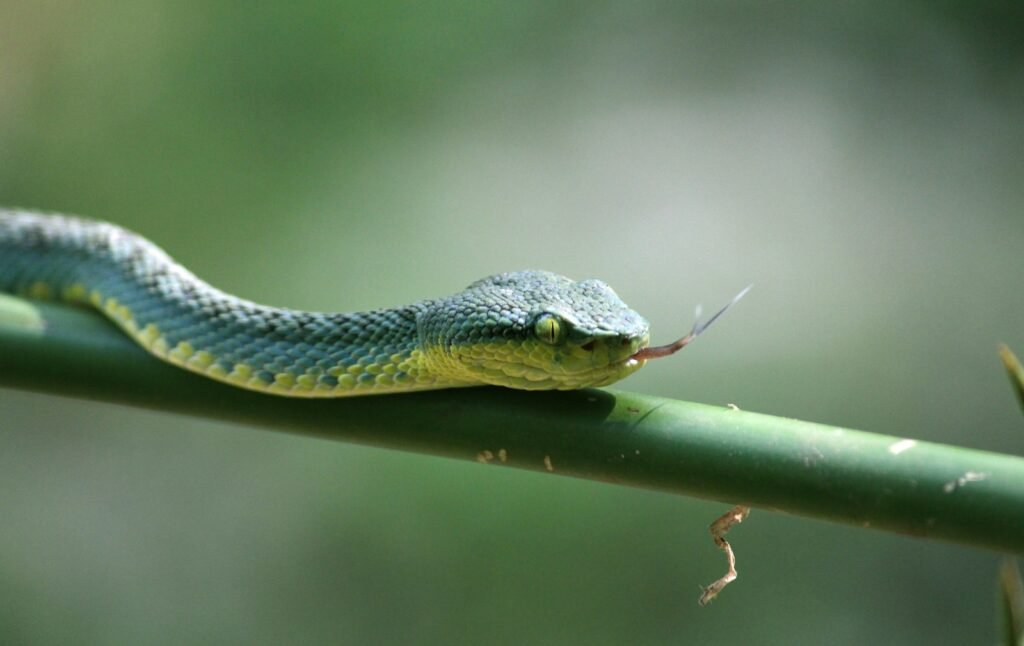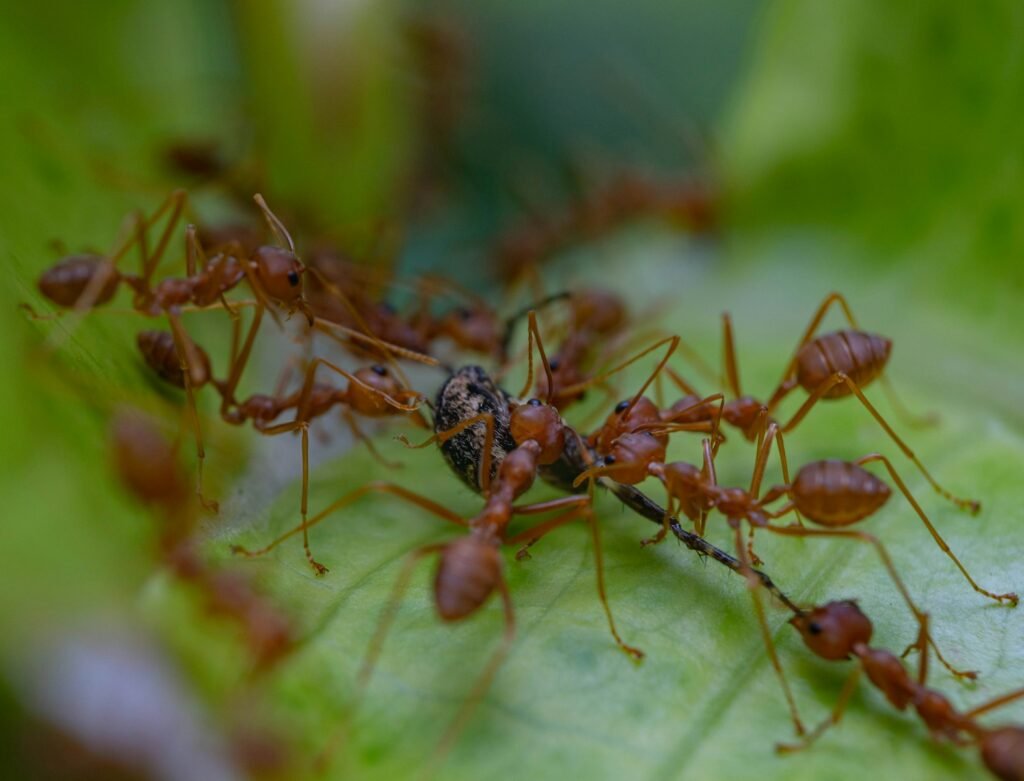On a moonless night, a rattlesnake slides through scrub so quietly you’d swear the desert itself is breathing. A mouse rustles – then freezes – as if sensing the unseen gaze that has already found it. This isn’t sight the way we know it; it’s a heat-born image painted on nerves, a ghostly outline made of warmth. For decades, biologists, physicists, and neuroscientists have chased this mystery: how can a snake’s face behave like a living thermal camera? What they have uncovered is equal parts elegant and audacious, and it’s reshaping how we think about sensors, brains, and the many ways life solves the problem of finding dinner in the dark.
The Hidden Clues
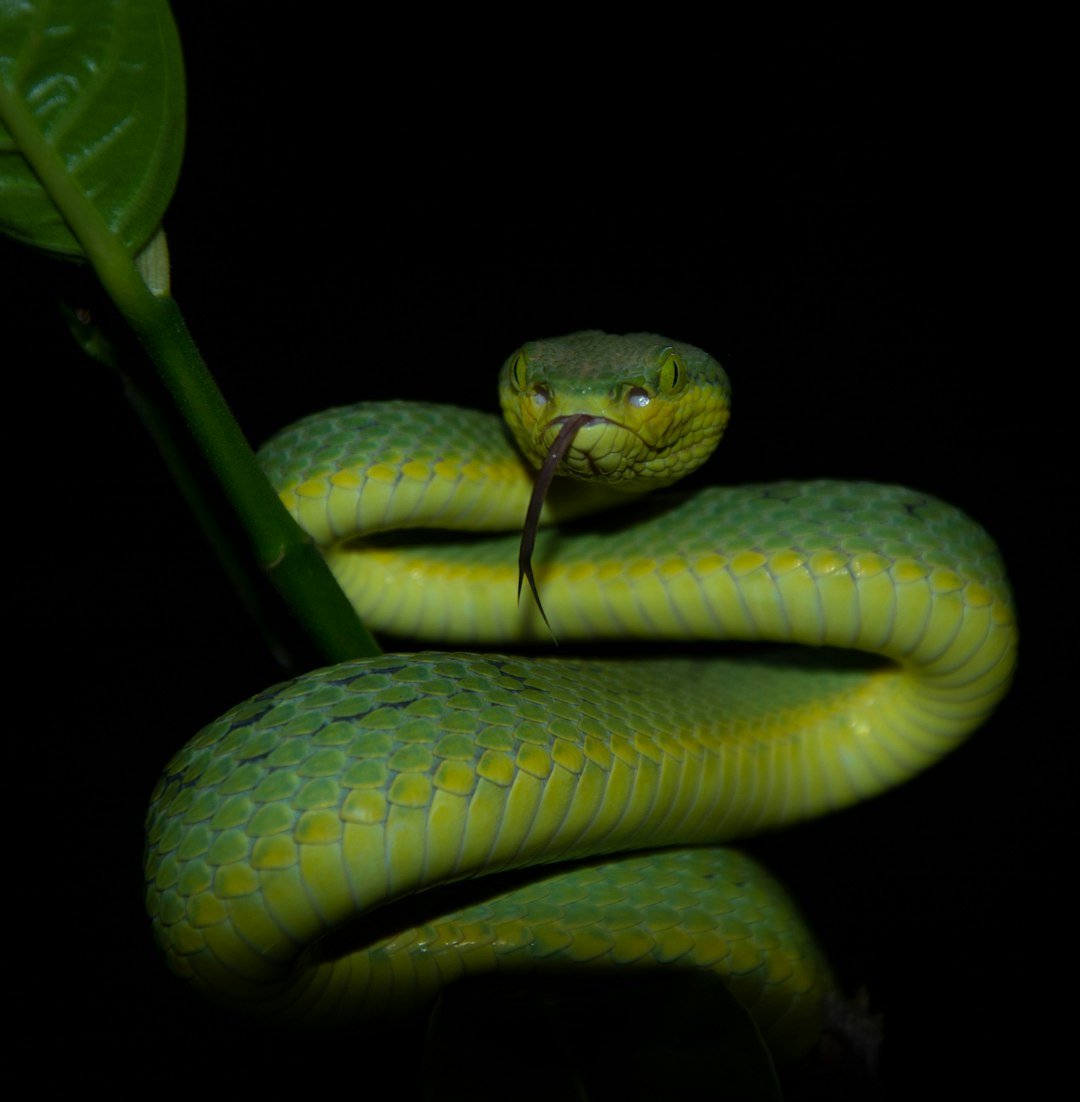
Snakes that hunt warm-blooded animals – pit vipers, many pythons, and some boas – carry specialized openings on their heads that detect infrared radiation, the same invisible wavelengths body heat sends into the night. Each pit is more than a hole; it’s a tiny chamber that funnels thermal energy onto an ultrasensitive membrane packed with nerve endings. Because warm-blooded prey like rodents and birds constantly leak heat, the membrane registers subtle temperature differences across its surface, turning spatial heat patterns into electrical signals.
The result is a low-light guide map, a heat silhouette that helps the snake aim with unnerving precision even when the world looks pitch black to us. While this sense can’t read a newspaper or sort colors, it excels at what matters most in the wild: picking out a warm target from a cool background. In the arms race of predator and prey, those hidden clues are often the difference between a clean strike and an empty belly.
From Ancient Tools to Modern Science
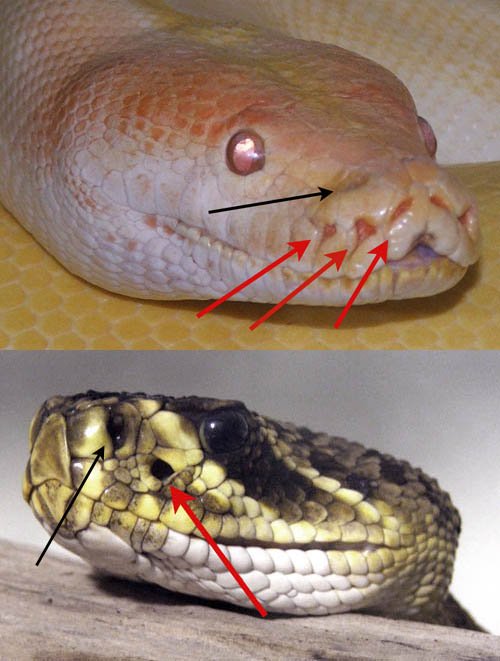
Field naturalists first noticed that some snakes could strike accurately in total darkness, a clue that something beyond ordinary vision was at play. Early lab experiments confirmed the hunch: when researchers cooled a heat source or covered the facial pits, the animals lost their edge. Later, refined electrophysiology showed that neurons tied to the facial pits fired in response to tiny, localized warmth on the pit membrane, building a map-like response across the face. Molecular biology then pulled back the curtain even further by identifying a temperature-sensitive ion channel as the core detector within those nerve endings.
With that, the story jumped from behavior to molecules, linking evolutionary adaptation to a specific gatekeeper protein in sensory cells. Today, scientists combine high-speed imaging, precise thermal stimuli, and sophisticated neural recording to track this heat sense from the membrane all the way into the brain.
Inside the Heat-Sensing Organ
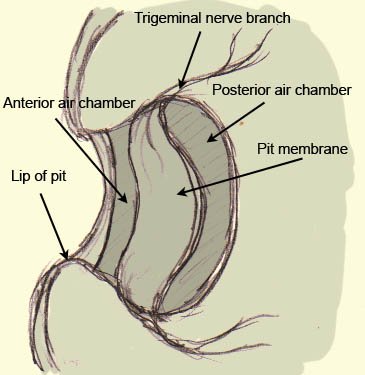
The pit organ’s architecture is a study in efficient design: an external opening leads into an air-filled cavity, facing a thin, richly innervated membrane suspended like a drum head. When infrared energy from a warm object reaches the membrane, it warms discrete spots ever so slightly, and specialized nerve endings there respond with bursts of activity. Because the membrane is thin and well supplied with blood, it cools quickly, making it ready to capture the next flicker of heat – a key trait for tracking moving animals. Engineers would call this a clever balance of sensitivity and reset speed, optimized by evolution for hunting in cluttered, changing environments.
Importantly, the organ does not use light-sensitive photopigments; it uses temperature-responsive molecular channels tuned to warmth, turning heat – not photons – into nerve impulses. Think of it as a face-mounted thermal pinhole imager, one that trades sharp edges for survival-grade contrast.
Wiring a Heat Map in the Brain
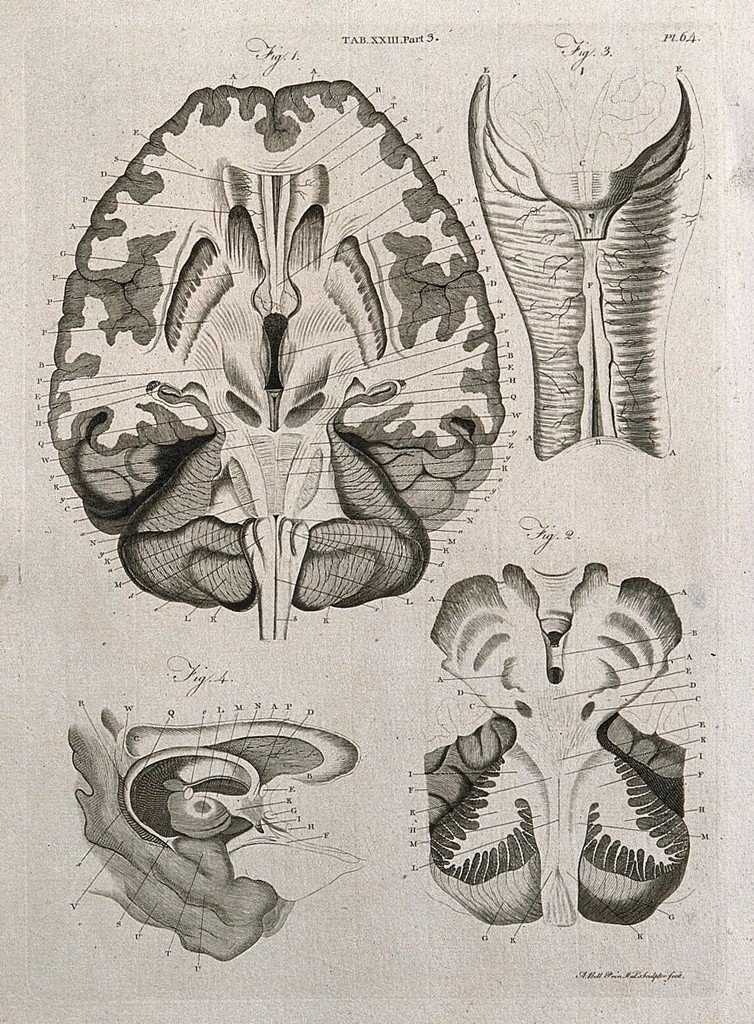
Signals from the pit organ travel along branches of the trigeminal nerve to brain regions that process head and face sensation, then on to a midbrain hub that also handles vision. There, neurons build topographic maps, lining up heat information from the pits with images from the eyes so that visual and thermal cues reinforce one another. This alignment lets a snake track a warm target that’s partially hidden – or aim perfectly in the dark when vision is unreliable. In practical terms, the brain is doing smart sensor fusion, weighting inputs based on context to minimize uncertainty.
Many neurons in these circuits behave like filters, becoming more selective when both vision and heat agree on the target’s position. I remember watching a viper at dusk in west Texas hold its head motionless, as if computing an answer; when it finally shot forward, the strike felt less like reflex and more like a solution reached under tight time pressure.
How Warmth Becomes a Target
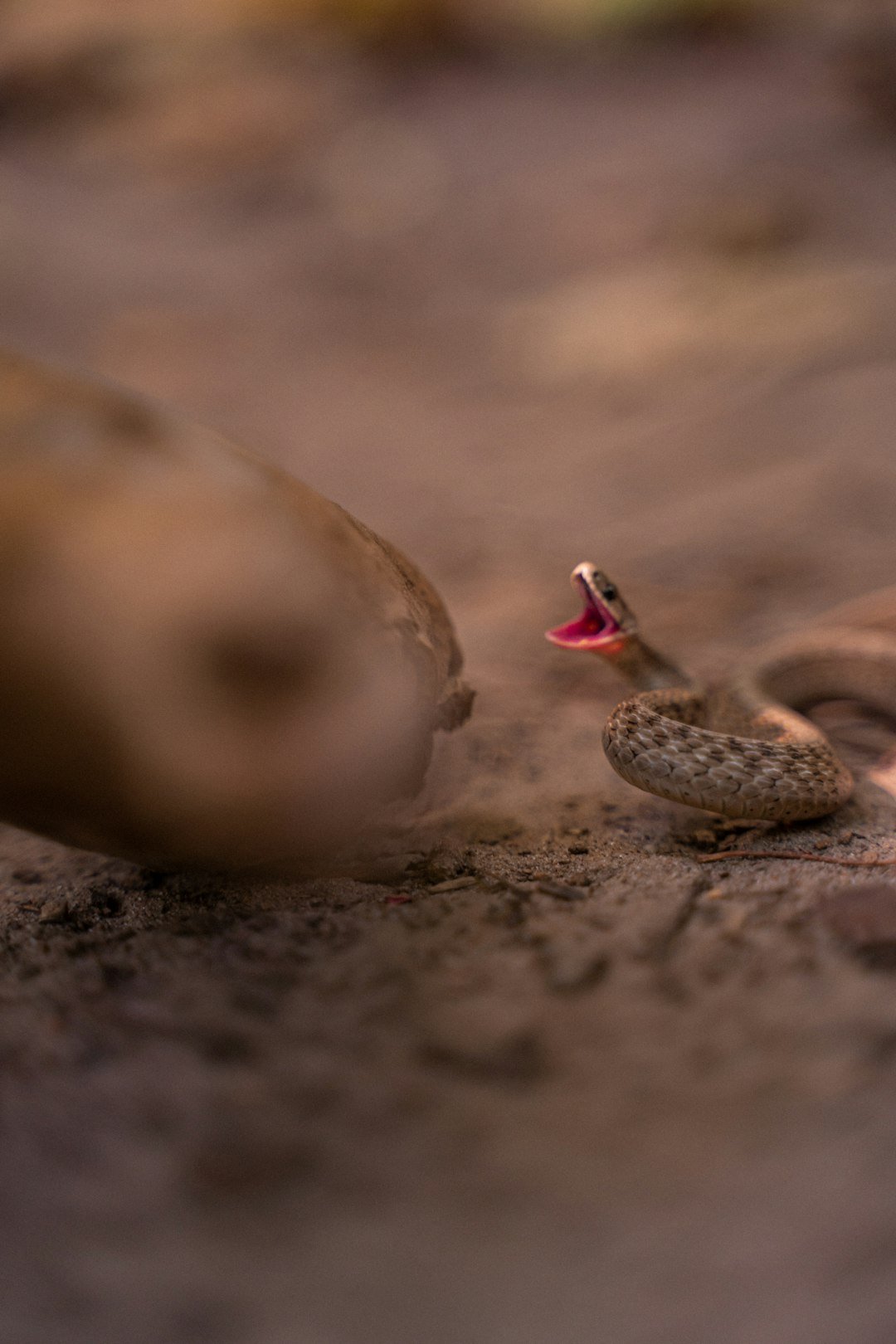
For a hunting snake, heat is not just a sensation; it’s a geometry puzzle solved in milliseconds. Differences in temperature across the pit membrane translate into direction, while changes over time provide motion cues that help estimate range. A warm mouse against a cool rock is easy, but the system also performs in noisy backgrounds, such as cluttered leaf litter or warm breezes that might smear signals. Behavior studies show snakes adjust their strike angle and timing based on context, suggesting they’ve learned the statistics of heat in their habitat much like we intuit patterns of light and shadow.
This ability also supports thermoregulation and predator avoidance, helping snakes choose basking sites or detect the looming body heat of a larger animal. Under favorable conditions, that layered representation of warmth can guide precise, energy-efficient hunting without a hint of visible light.
Why It Matters
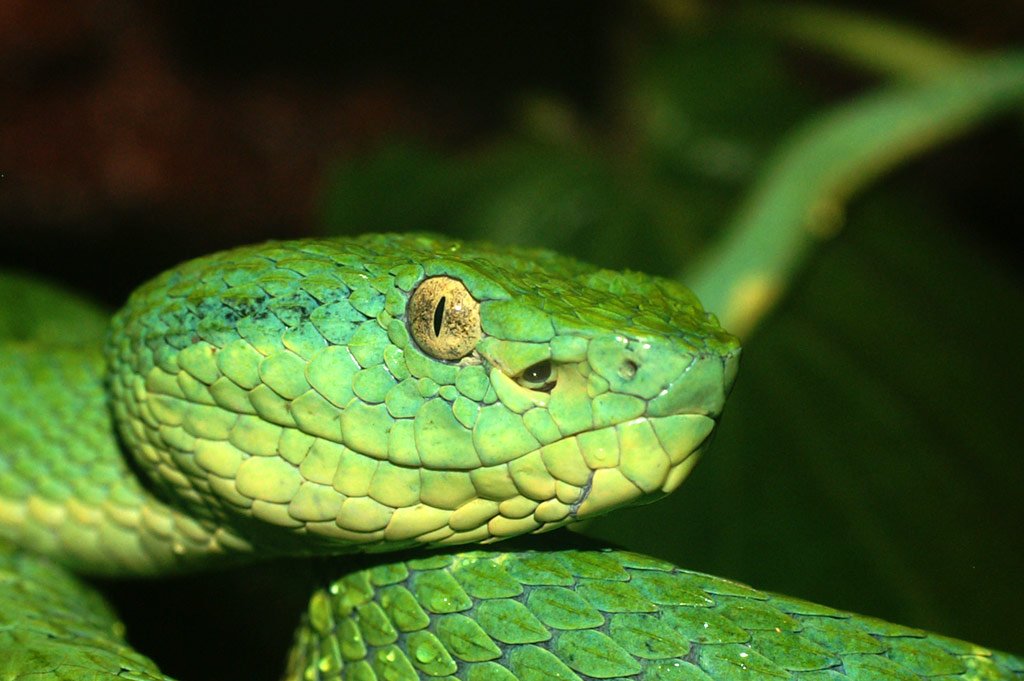
This subject matters because it rewrites the playbook for how a brain can build a picture of the world without traditional sight, and that has implications far beyond herpetology. Compared with standard cameras, pit organs operate passively, consume very little energy, and emphasize meaningful contrasts rather than pixel-perfect detail. The neural strategy – merge imperfect sensors into a reliable map – mirrors how modern autonomous systems fuse lidar, radar, and cameras to make robust decisions. Studying snakes gives engineers a living prototype for low-power thermal detection that works in real time, without heavy cooling or massive computation.
It also helps ecologists understand predator-prey dynamics at night, where heat cues may rule and visual cues mislead. In short, snake thermal vision is a natural experiment in efficient sensing and smart integration, and we’d be shortsighted to ignore it.
The Future Landscape
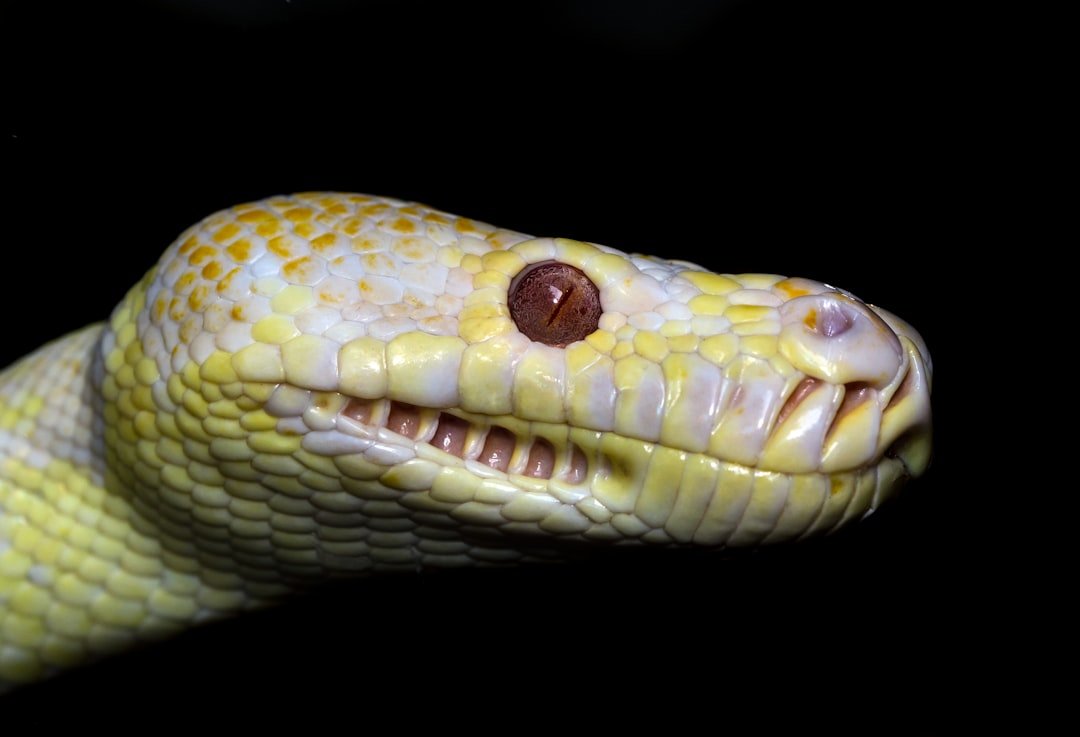
Bioinspired sensors modeled after snake pits could push thermal imaging into smaller, cheaper, and less power-hungry devices useful for wildlife monitoring, search-and-rescue, and energy auditing. On the neuroscience side, next-generation recordings may reveal how exactly the midbrain weights heat versus sight moment to moment, offering algorithms that adapt on the fly to fog, dust, or glare. Engineers are exploring materials and microstructures that mimic the pit membrane’s thinness and rapid thermal reset, potentially removing the need for bulky cooling in many imagers.
There are challenges: controlling noise, calibrating across temperatures and humidity, and ensuring ethical deployment when surveillance applications loom. Conservation will also shape the landscape, because habitat loss and climate shifts can alter thermal backgrounds and hunting success, especially for species that rely heavily on heat cues. As these threads converge, the snake face may become a surprising blueprint for safer robots and smarter sensors that respect the constraints of the real world.
Conclusion
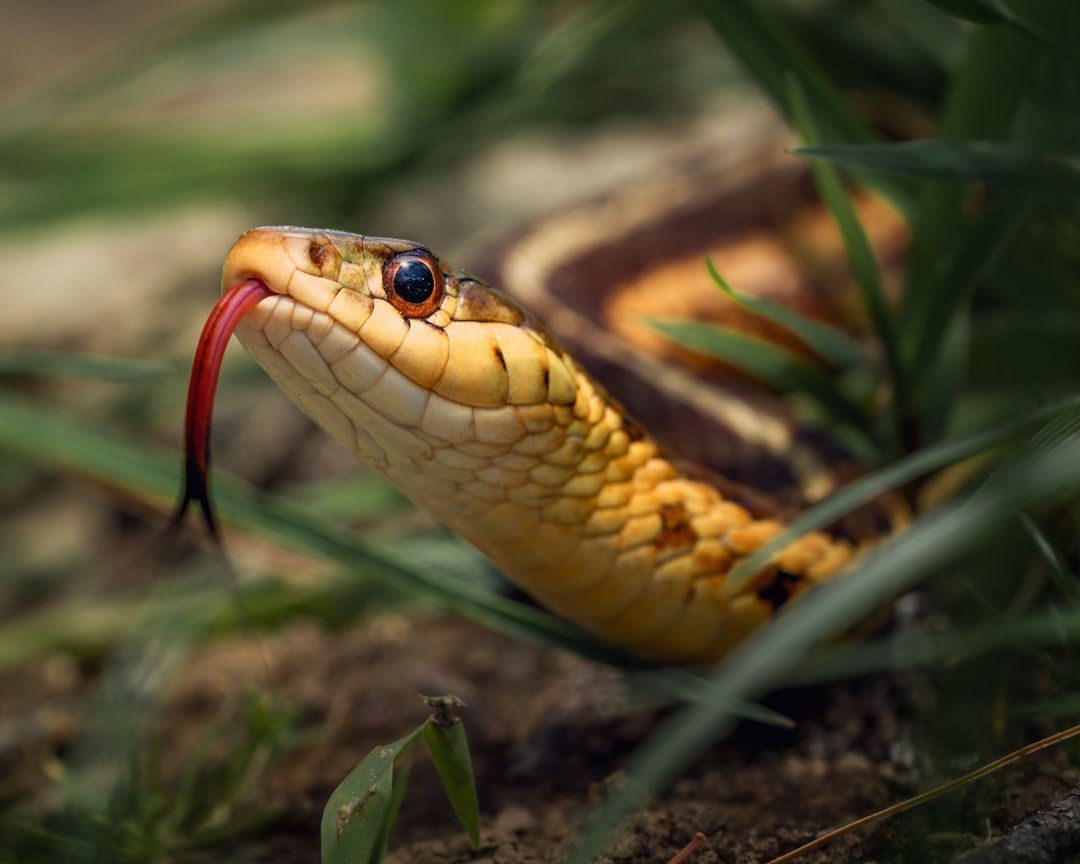
Support local habitat conservation that preserves the nighttime theaters where these sensory feats unfold, from desert scrub to forest edges. Back community science projects that log snake sightings and behaviors, which help researchers map ranges and study how thermal hunting changes with seasons. If you live in snake country, practice simple coexistence – give space, keep yards tidy, and learn which species are native and beneficial. Encourage schools and nature centers to teach how thermal sensing works, replacing fear with understanding.
When choosing technology for home or work, consider energy-efficient thermal tools rooted in the same principles that make the pit organ so elegant. Small choices like these keep curiosity alive while protecting the animals and ecosystems that inspired it in the first place.

Suhail Ahmed is a passionate digital professional and nature enthusiast with over 8 years of experience in content strategy, SEO, web development, and digital operations. Alongside his freelance journey, Suhail actively contributes to nature and wildlife platforms like Discover Wildlife, where he channels his curiosity for the planet into engaging, educational storytelling.
With a strong background in managing digital ecosystems — from ecommerce stores and WordPress websites to social media and automation — Suhail merges technical precision with creative insight. His content reflects a rare balance: SEO-friendly yet deeply human, data-informed yet emotionally resonant.
Driven by a love for discovery and storytelling, Suhail believes in using digital platforms to amplify causes that matter — especially those protecting Earth’s biodiversity and inspiring sustainable living. Whether he’s managing online projects or crafting wildlife content, his goal remains the same: to inform, inspire, and leave a positive digital footprint.

